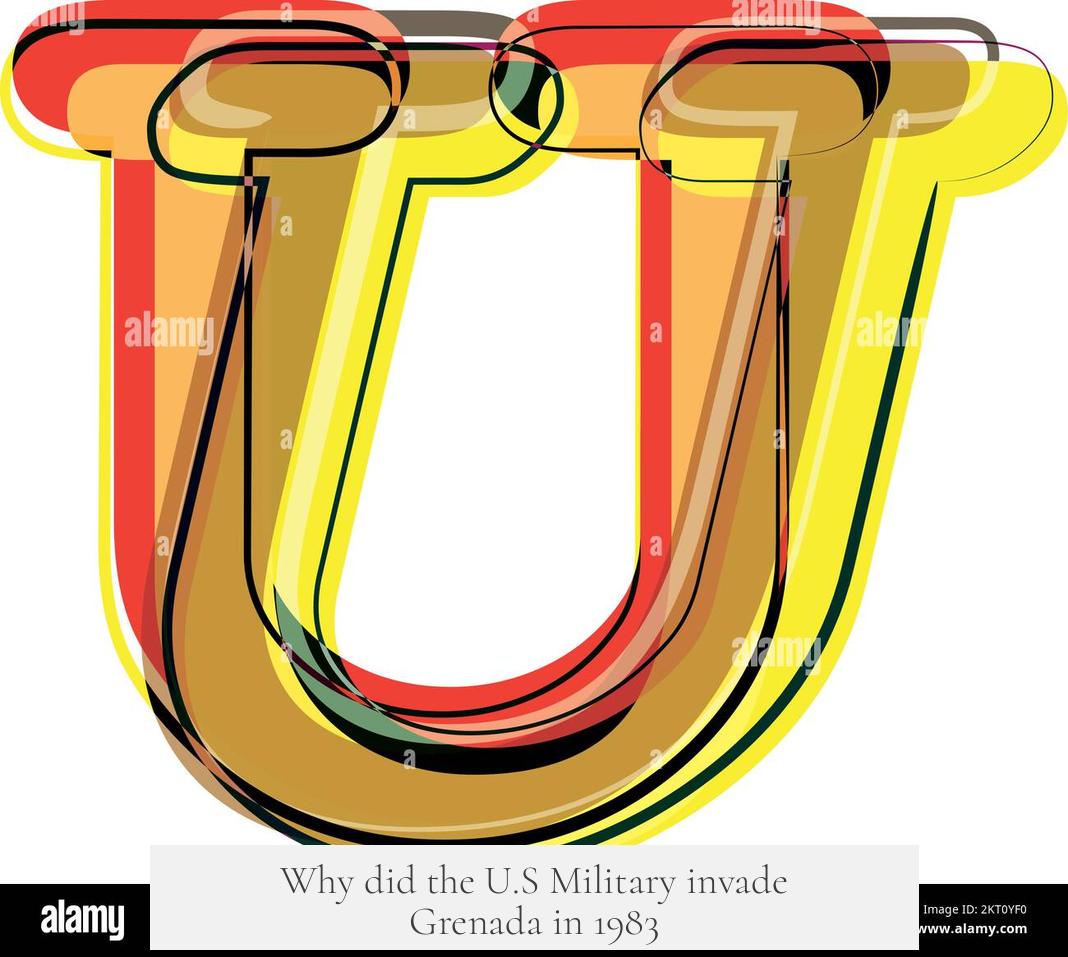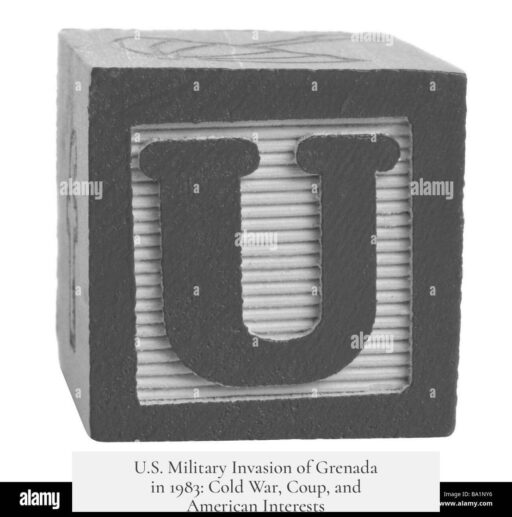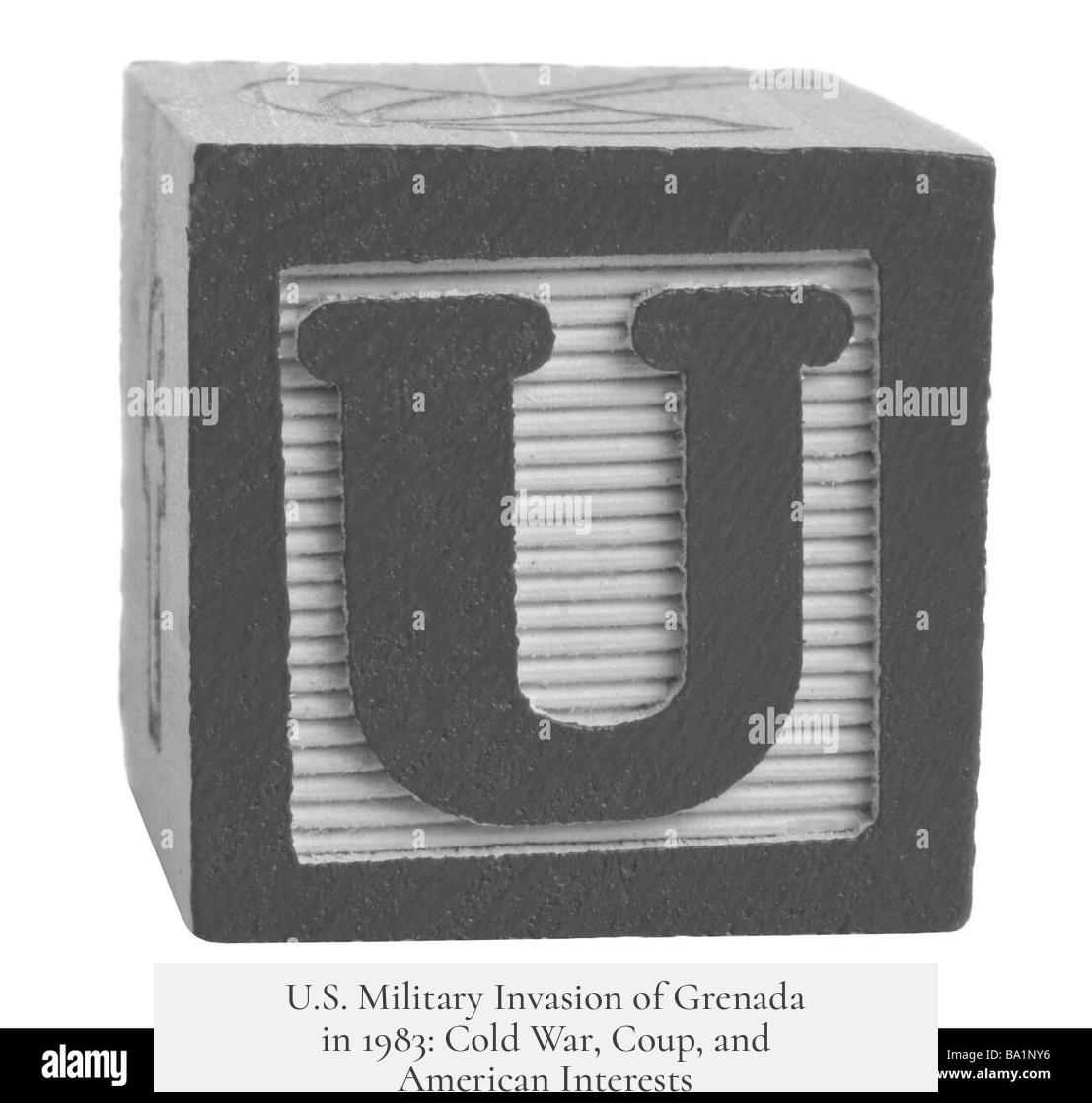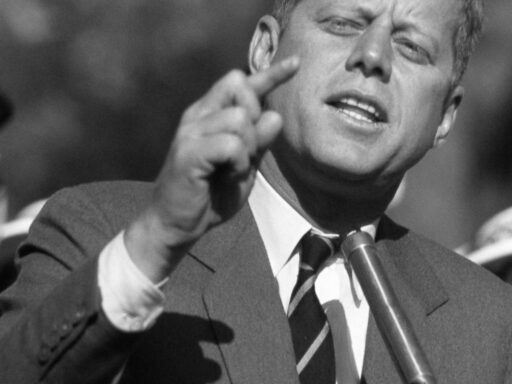The U.S. military invaded Grenada in 1983 primarily to prevent the spread of Marxist influence in the Caribbean and to protect American citizens following a violent coup. This action also aligned with President Reagan’s broader strategy of demonstrating decisive U.S. strength amid Cold War tensions and regional instability.
During the early 1980s, Cold War hostility intensified as the era of détente concluded. The Soviet Union was deeply involved in Afghanistan, and the Reagan administration had launched the Strategic Defense Initiative (SDI). In the Caribbean, nearby countries like Nicaragua, which had a socialist government under the Sandinistas, heightened U.S. fears of Marxist expansion. Grenada experienced a violent coup that sparked concern the island might become a socialist state.
Reagan saw the coup as an opportunity for a swift military intervention. For years, his administration had been frustrated by limited U.S. action in Central America, where insurgencies threatened pro-U.S. governments in El Salvador and Honduras. The Grenada situation offered a chance to overturn the restrained legacy of previous U.S. policy, especially Carter’s post-Vietnam hesitation, and to reaffirm America’s willingness to use force when needed.
The U.S. had a concrete legal and political rationale for the invasion. About 1,000 American medical students were on the island, giving Reagan a presidential mandate to act in order to protect U.S. citizens without needing Congressional approval. This justification helped avoid legal complications and accelerated military decision-making.
The invasion quickly demonstrated U.S. military effectiveness, furthered regional stability by reassuring allies, and sent a message that the United States was again willing to engage actively in global affairs. Caribbean neighbors even requested American intervention, underscoring regional support.
| Key Factors | Description |
|---|---|
| Cold War Context | Rising tensions and fear of Marxist influence in the Caribbean post-détente |
| Regional Instability | Socialist movements in Nicaragua, El Salvador, and Honduras concerned the U.S. |
| Legal Basis | Protection of American medical students allowed presidential intervention |
| Political Motivation | Reagan sought to demonstrate U.S. military strength and counter “Vietnam Syndrome” |
| Regional Support | Caribbean nations welcomed intervention to stabilize the region |
- The invasion intended to prevent a Marxist government on Grenada.
- It highlighted U.S. readiness to act decisively amid Cold War tensions.
- Protection of American citizens provided a key legal justification.
- Reagan used the operation to regain domestic and regional confidence in U.S. military power.
- The action had lasting regional impact, discouraging socialist insurgencies nearby.
Why did the U.S Military invade Grenada in 1983?

The U.S. military invaded Grenada in 1983 primarily to prevent a feared Marxist takeover and to showcase American strength during a tense Cold War period. This event, often overshadowed by bigger Cold War flashpoints, offers a distinct window into U.S. strategic thinking and regional politics of that era. Curious about why a tiny Caribbean island sparked such a bold move? Let’s unpack it.
First, context is everything.
Cold War Tensions and the End of Détente
By 1983, the Cold War was no longer in ‘détente’ mode—a phase of easing tensions between the U.S. and the Soviet Union. President Reagan had just launched the Strategic Defense Initiative (SDI), aiming to outpace Soviet missile technology. Meanwhile, the Soviets were tied down in Afghanistan, making global dynamics more suspicious and jittery than a long-tailed cat in a room full of rocking chairs.
So when Grenada—a small island nation—facilitated a coup that hinted at socialist vibes, the U.S. didn’t want to take chances. The fear was that Grenada might turn into another Cuba, swelling Soviet influence in the Caribbean basin. After all, communism had a way of echoing loudly in tiny but strategically-located places. Could the U.S. afford that? Nope.
Misreading the Map: Reality Check
This is where it gets interesting. The U.S. invasion was based largely on misinterpretation. It turned out the situation was not primarily a Marxist coup but rather a messy internal power struggle. Once this became clear, the U.S. forces left. This quick exit underscores the invasion was more about sending a message than managing facts on the ground.
Reagan’s Region: A Hotbed of Socialist Fear
The Caribbean and Central America were a quagmire of political instability. Nicaragua’s Sandinistas had just overthrown the U.S.-friendly Somoza regime, while El Salvador and Honduras wrestled with their own socialist insurgencies. Grenada’s political shift added fuel to an already roaring fire.
But why didn’t previous administrations jump in?
President Carter, wary after Vietnam, showed restraint. Congress and the public weren’t in the mood for another intervention. Reagan, however, was different. Frustrated by limited options, he wanted a strong, clear response to socialist uprisings. Grenada offered that opportunity on a silver platter.
The Coup That Changed Everything

The coup in Grenada wasn’t just a local crisis. It was a strategic opening. Reagan seized it. This allowed him to demonstrate that American military power was still sharp and effective. Think of it as a quick military highlight reel after the fiascos of the Vietnam era. It effectively shouted: “America is back in charge.”
Domestically, this victory helped Reagan shed the shadow called “Vietnam Syndrome”—the lingering national trauma about reluctant or unsuccessful military adventures. The Grenada operation was swift and decisive, proving U.S. troops could operate successfully and efficiently abroad.
Regionally, it sent ripples. Allies in the neighborhood, especially those battling insurgents, saw the U.S. ready to show real muscle. El Salvador’s attempts at national reconciliation were quickly shelved, signaling a renewed hardline stance.
The Legal Nudge: Protecting American Citizens
Did Reagan just barge in? Not quite. The presence of American medical students on Grenada offered a handy legal justification. Citing his authority to protect U.S. citizens, Reagan bypassed Congressional approval. It was a clever move tactically and politically—allowing swift action without bureaucratic delay.
And politically, victory was all Reagan’s. It boosted his standing domestically and internationally without entangling the U.S. in prolonged conflict.
The Bigger Picture: Messaging and Support
The Grenada invasion wasn’t just about a single island. It was a bold declaration to the world, especially to the Soviet Union and its allies: The United States was back in the game.
Interestingly, some Caribbean neighbors actually requested U.S. intervention, fearing regional destabilization. So this wasn’t unilateral muscle-flexing; it had a layer of regional legitimacy. The U.S. painted itself not just as a global superpower but as a regional protector.
What Can We Learn?
The 1983 invasion of Grenada illustrates how superpowers sometimes react to perceived threats—not just based on facts but on broader fears and strategic signals. In this case, Reagan’s America wanted to stamp out the spread of socialism, boost morale at home, and remind adversaries that the U.S. was still a formidable force.
Though debated, the invasion served to reposition U.S. foreign policy away from hesitation toward assertiveness. It also reminds us that sometimes, political decisions can be driven as much by perception and timing as by ground realities.
Key Takeaways
- Cold War dynamics fueled fears of Marxism spreading to Grenada.
- Reagan’s frustration with the status quo encouraged decisive military action.
- The presence of U.S. citizens gave a legal green light for intervention.
- The operation served as a political and military message both domestically and internationally.
- Regional allies supported intervention to curb instability.
So next time you ponder small-island politics, remember: in the Cold War, even tiny dots on the map could trigger big moves.




